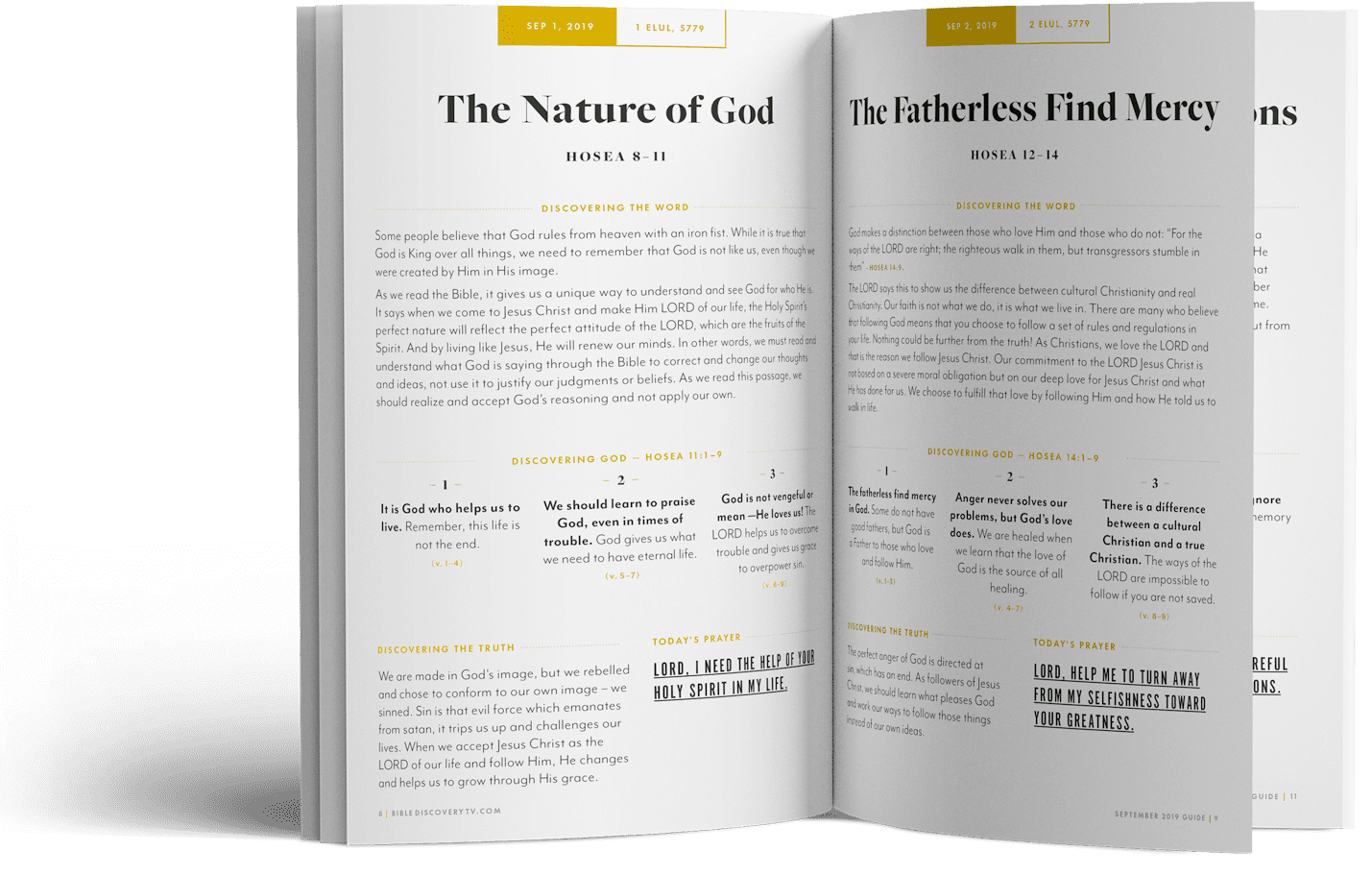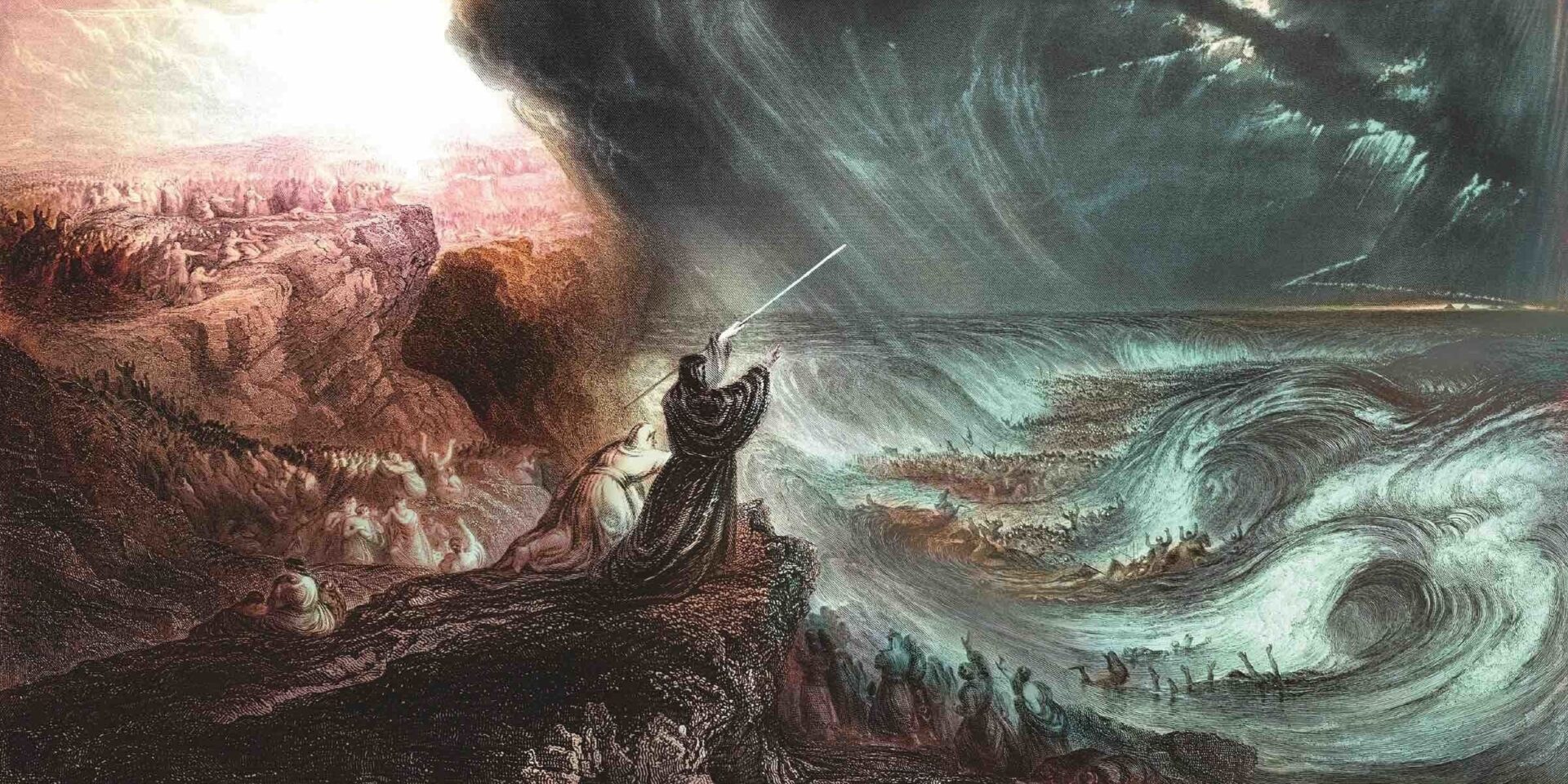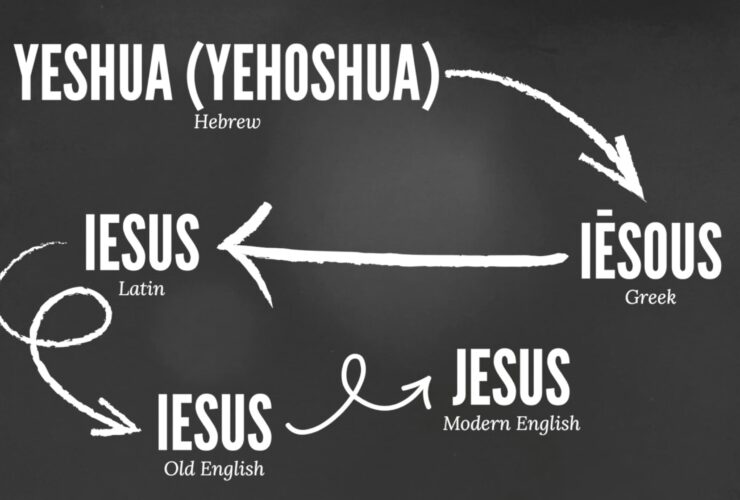Ryan Hembree recently sat down with Gary Bates, a researcher known for his work on the UFO phenomenon. However, in this discussion, Bates brings his extensive knowledge of Egyptian history and the Exodus narrative to light. As someone who has led tours through Egypt with Creation Ministries International, his insights are particularly valuable.
Bates begins by emphasizing the importance of starting with Scripture when determining the historical timeline of the Exodus. He references 1 Kings 6:1, which states that the construction of Solomon’s temple occurred 480 years after the Exodus, placing the event around 1446-1445 BC. This date is key to identifying the Pharaoh who ruled during this period.
Egyptian Chronology and the Exodus Date
Bates explains that while Egyptian chronology has been traditionally accepted, scholars acknowledge that Manetho’s historical timeline is inflated—particularly in the earliest periods. From the New Kingdom onward, records become more reliable. This means that while there is some flexibility in dates, major historical figures and events from this period are well-documented.
Bates emphasizes that to find the Pharaoh of the Exodus, one must look at rulers who fit the Biblical narrative. The Bible states that Moses was raised in the royal household, fled Egypt after killing an Egyptian, and returned 40 years later. The Pharaoh during Moses’ exile must have ruled for a long period, and his successor must not have been his firstborn son, since the tenth plague killed the firstborn of Egypt.
Identifying the Pharaoh of the Exodus
Bates narrows the possibilities to two rulers from the New Kingdom:
- Thutmose III (18th Dynasty) – Reigned for 54 years
- Ramses II – Reigned for 66 years but lived too late (approx. 202 years after the Biblical Exodus date)
Since Ramses II is too late for the Biblical timeline, Thutmose III emerges as the most likely candidate for the Pharaoh during Moses’ exile. His successor, Amenhotep II, also fits the Biblical description. He was not the firstborn son, aligning with the Biblical account that Pharaoh’s firstborn died in the tenth plague. Instead, his second-born son, Thutmose IV, inherited the throne—another key match with the Exodus account.
Confirming the Biblical Timeline
With 1446 BC as the Exodus date and Egyptian history aligning with a long-reigning Pharaoh succeeded by a second-born son, the evidence strongly suggests that Thutmose III was the Pharaoh who ruled during Moses’ exile, and Amenhotep II was the Pharaoh of the Exodus.
Bates concludes that Biblical history aligns well with recorded Egyptian chronology when properly understood. By cross-referencing Scripture with historical records, a compelling case can be made for the identity of the Pharaoh of the Exodus—one that fits both the timeline and narrative laid out in the Bible.
To watch this interview simply click on the play button at the top of this article. And for those interested in further exploring this topic, Bates’ research offers an intriguing intersection of Biblical truth and ancient history, challenging traditional assumptions and shedding light on one of the most significant events in Biblical history.

Ryan Hembree is a daily co-host, speaker, and writer of Bible Discovery. He also hosts a YouTube channel that shows the unity of the Bible and how science and Scripture fit together. Ryan also has an honorary Masters of Ministry in Creation Science from Phoenix University of Theology.






